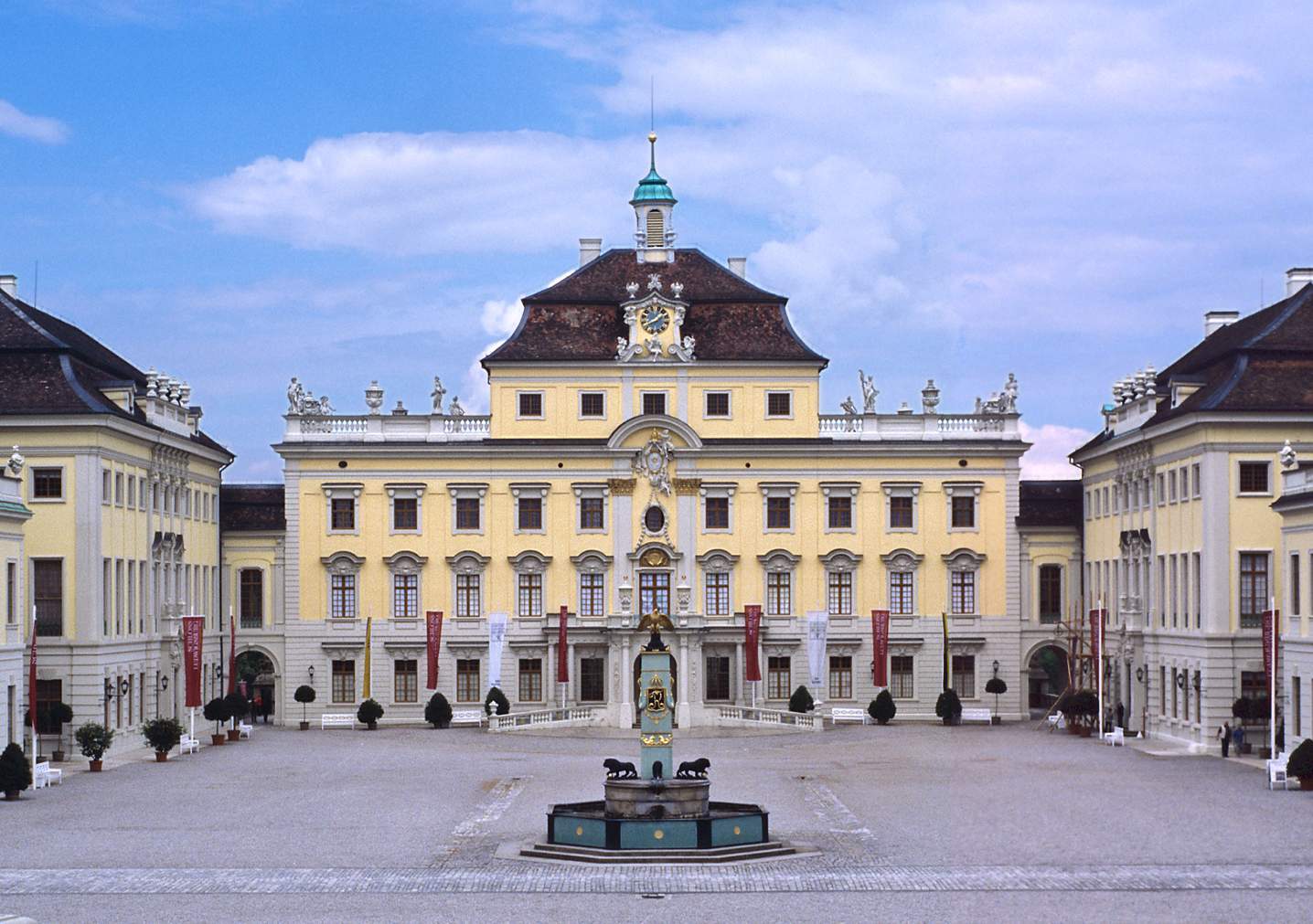Make like a monarch:
Although being a king or queen is only for a select few, the common people can get a glimpse of what it's like to live a regal life at one of the numerous royal houses across the globe. Discover the chateaux that served as the summer residences for Portuguese queens, meander through the expansive estates that hosted Chinese emperors, and explore the chateaux that raised French monarchs. Many contemporary rulers allow the public to see their lavish residences and take in the magnificent royal rooms, sumptuous halls, and well-kept gardens.
Windsor Castle, Windsor, England:
Windsor Castle is the oldest and biggest occupied castle in the world, having been founded in the eleventh century by William the Conqueror. In its 1,000-year history, it has hosted 40 kings and is the final resting place of the late Queen Elizabeth I. After taking in the Gothic St. George's Chapel and the Changing of the Guard, visitors can head inside for a rotating schedule of presentations and exhibitions. Previous exhibits have featured a tribute to Prince Philip and a detailed examination of the late Queen's attire during her whole reign.
Royal Palace, Oslo, Norway:
The most significant royal palace in Norway is Oslo's Royal Palace, which is fortunately open to the public for a sneak peak. Originally occupied by King Oscar I in 1849, the palace now houses the nation's royal court and serves as the venue for the majority of formal events. June through August, there are guided tours available that show you the banqueting hall, council chamber, and the magnificent King Haakon VII suite. The Queen Sonja Art Stable features revolving exhibitions with pieces from the royal collection and local artists, and guided tours highlight other permanent additions like textiles and furniture.
Palace of Versailles, Versailles, France:
Beginning as a hunting pavilion for King Louis XIII in the early 17th century, the expansive Palace of Versailles was expanded and the French court relocated there in 1682 by Louis XIV. After Louis XIV's death in 1715, the royal house, which gained notoriety for its grandeur, expansive public areas, and elaborate gardens, was temporarily abandoned. But it regained its position as a royal residence in 1722. On a guided tour of some of the 2,300 rooms, visitors may learn about its intriguing history. They can also explore the park, the gardens, and the intimate Estate of Trianon.
Grand Palace, Bangkok, Thailand:
Since 1782, this expansive location has served as the formal residence of the Kings of Siam (and later, Thailand). The Grand Palace, a collection of structures, was erected by King Rama I to designate Bangkok as the new capital. Two of the magnificent throne halls are visible when you enter the palace itself. The Queen Sirikit Museum of Textiles, which features clothing, textiles, and other items related to the royal court and queen, and Wat Phra Kaew (the Temple of the Emerald Buddha) are also accessible through the entrance. Visitors should be advised that there is a rigid dress requirement.
Ludwigsburg Palace, Ludwigsburg, Germany:

Explore the Ludwigsburg Palace and be amazed by the distinctive fusion of Neoclassical, Rococo, and Baroque architectural designs. Prince Eberhard Ludwig used the palace as a hunting lodge in 1704 before using it as his primary residence in 1718. It is one of the biggest (and oldest) Baroque structures in Europe. Completed in 1733, it had four wings added. In addition to themed exhibitions in the Ceramics Museum, Fashion Museum, and Baroque Gallery, visitors can now enjoy the Palace Theatre and Duke Carl Eugen's private rooms. A special interactive museum created specifically for kids is called Kinder Reich, and it's great for families.
Al Ain Palace Museum, Abu Dhabi, United Arab Emirates:
Up until the late 1960s, Sheikh Zayed bin Sultan Al Nahyan, the founding father of the United Arab Emirates, lived with his family in Al Ain Palace. The network of courtyards and long, broad verandas that characterize the traditional Emirati architecture of this palace-turned-museum have been preserved. A visit gives you an insight into the lives of the royal family and includes viewing preserved spaces such as the children's study, which still has its original tables and blackboards, and an outdoor area used for official business.
Mon Repos Palace, Corfu, Greece:
Before Mon Repos Palace was given to Greek King George I in 1864, it served as the summer house for the British administrators of Corfu. The palace is now an archaeological museum, and its peaceful lawn is dotted with trees and trails that lead to the ruins of an old temple. The renovated interior has antique furniture on exhibit and is decorated with Neoclassical elements that were fashionable in the 19th century. The most famous thing about Mon Repos Palace is most likely that it was the birthplace of the late Prince Philip, who later married Queen Elizabeth II and became the Duke of Edinburgh.


